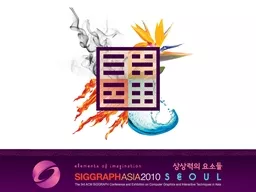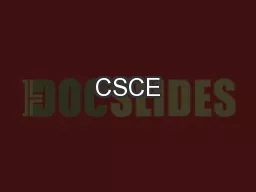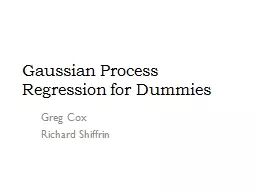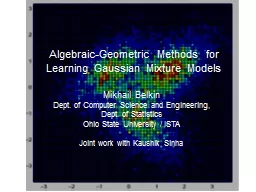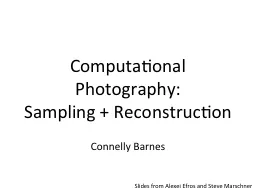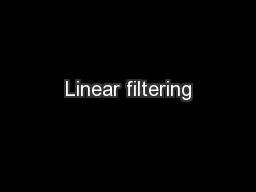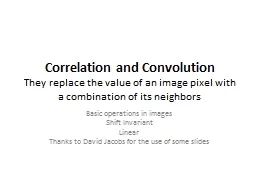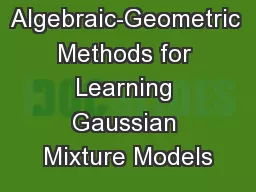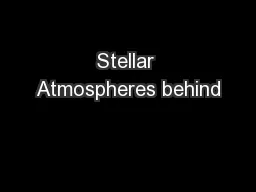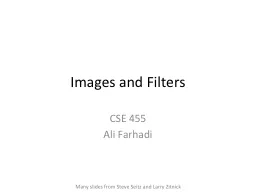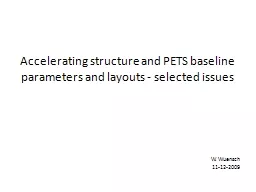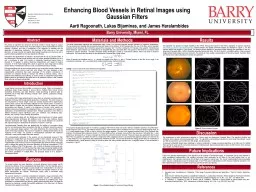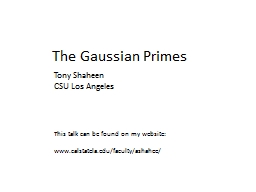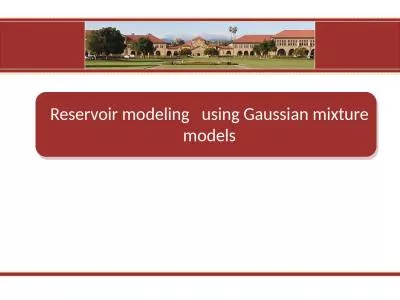PPT-Accelerating Spatially Varying Gaussian Filters
Author : tatyana-admore | Published Date : 2016-07-10
Jongmin Baek and David E Jacobs Stanford University Motivation Input Gaussian Filter Spatially Varying Gaussian Filter Accelerating Spatially Varying Gaussian
Presentation Embed Code
Download Presentation
Download Presentation The PPT/PDF document "Accelerating Spatially Varying Gaussian ..." is the property of its rightful owner. Permission is granted to download and print the materials on this website for personal, non-commercial use only, and to display it on your personal computer provided you do not modify the materials and that you retain all copyright notices contained in the materials. By downloading content from our website, you accept the terms of this agreement.
Accelerating Spatially Varying Gaussian Filters: Transcript
Download Rules Of Document
"Accelerating Spatially Varying Gaussian Filters"The content belongs to its owner. You may download and print it for personal use, without modification, and keep all copyright notices. By downloading, you agree to these terms.
Related Documents

